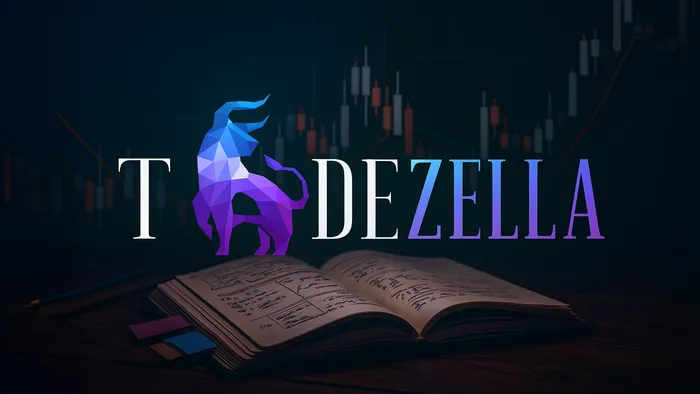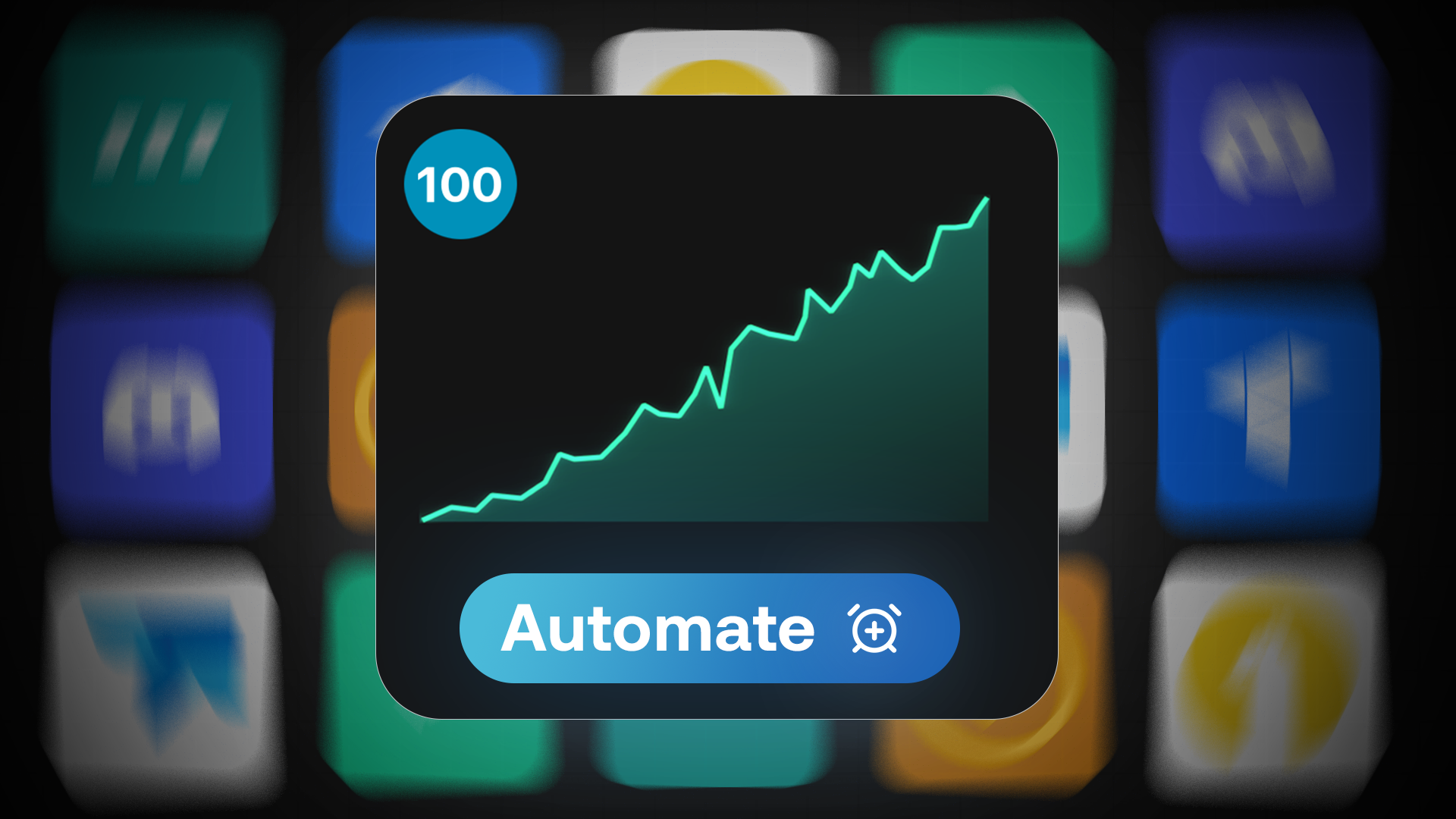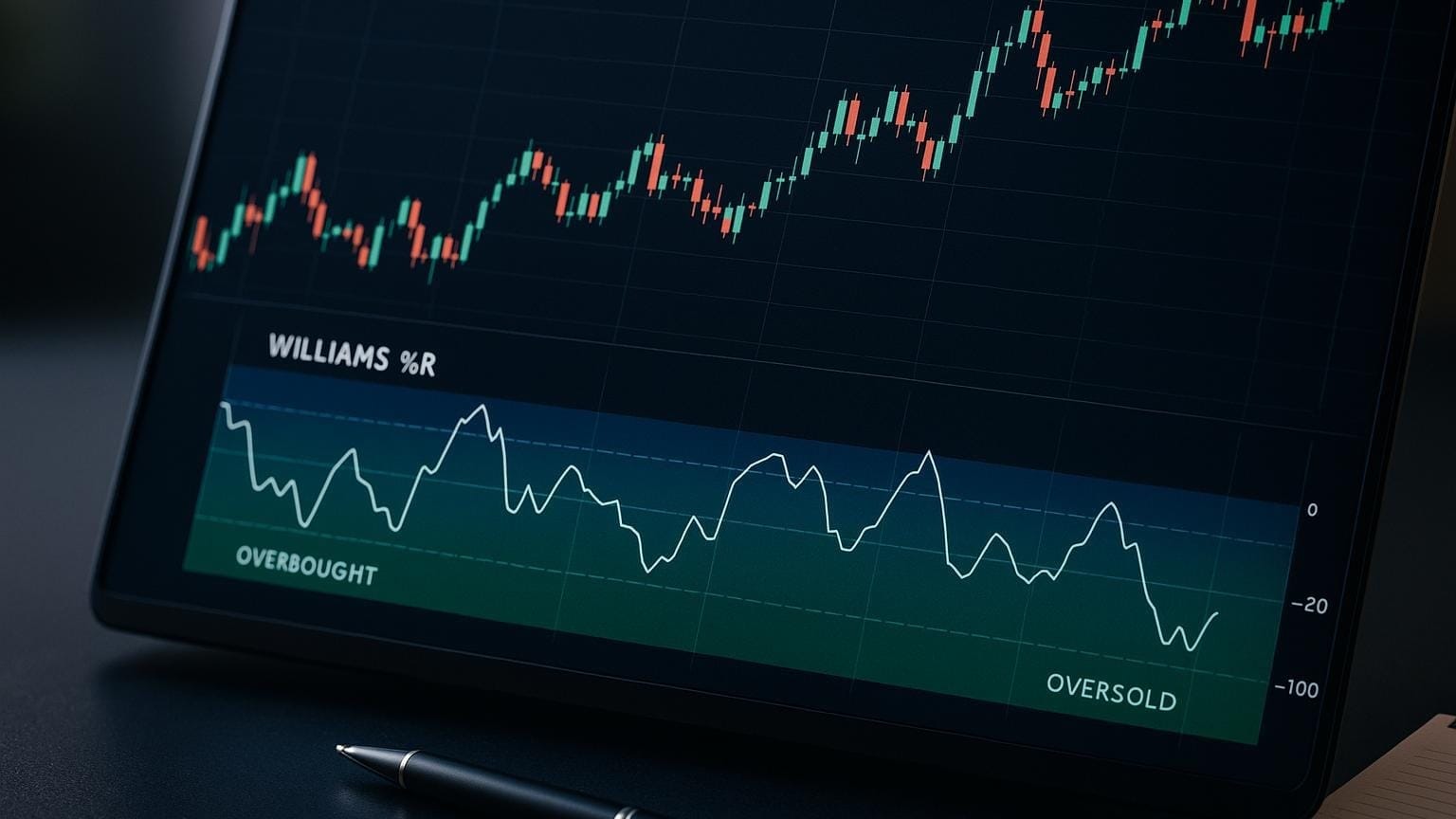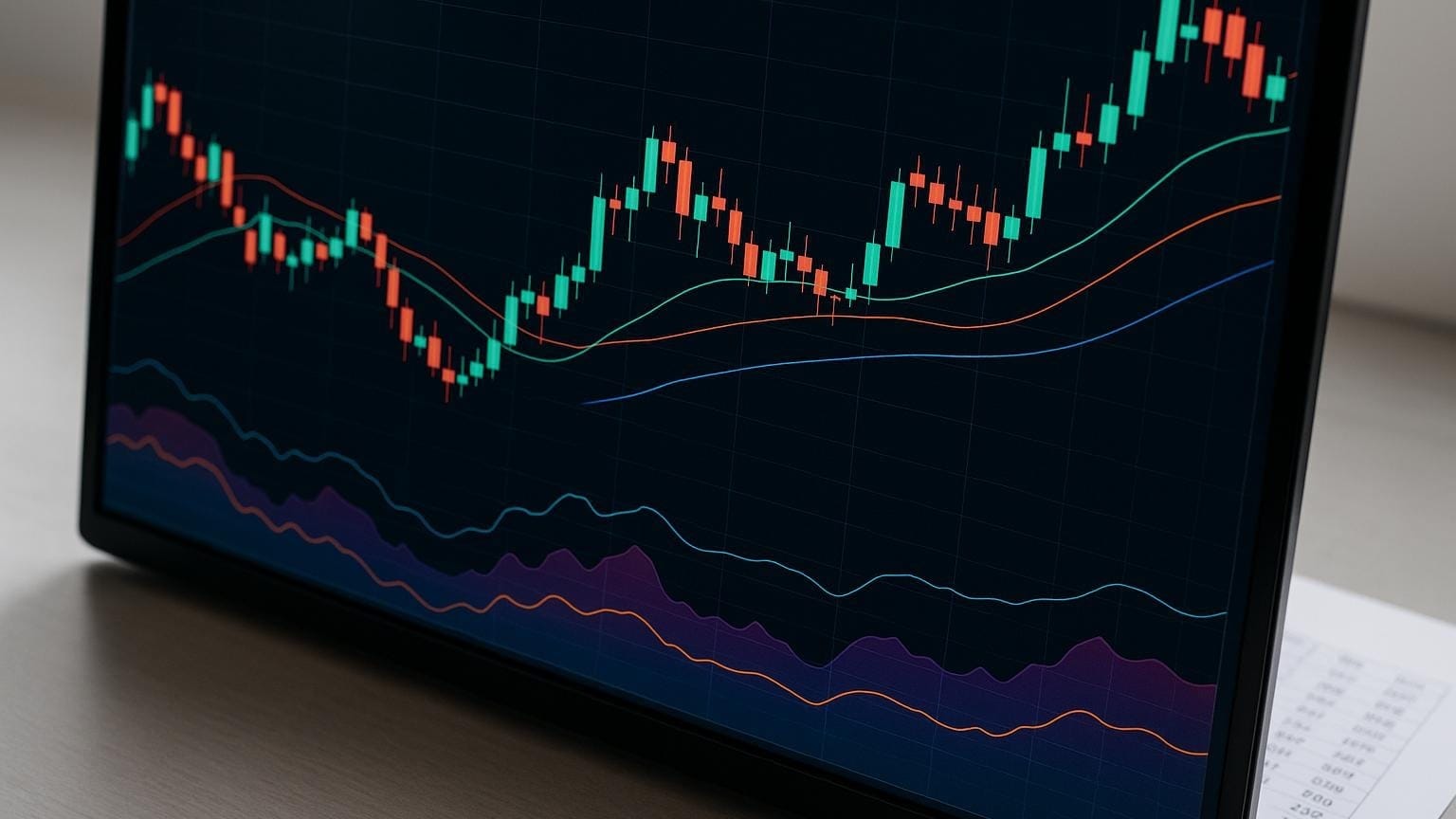Explore a comprehensive review of a trading journal platform that enhances performance through automated logging, backtesting, and analytics tools.
Looking for a platform to improve your trading performance? TradeZella might be the solution.
TradeZella is a trading journal and backtesting platform designed to help traders analyze their performance, refine strategies, and build disciplined habits. Developed by day‑trader Umar Ashraf, it offers features like automated trade logging, advanced analytics, and backtesting tools. Because no single platform covers every workflow, many traders complement their journaling with analytics ecosystems such as LuxAlgo, which offers an extensive free indicator Library and AI‑driven strategy generation.
- Who is it for? Both beginners and experienced traders across Forex, stocks, crypto, and more.
- Key Features:
- Automated trade imports from 20+ supported brokers.
- Backtesting with up to 10 years of historical data.
- Detailed performance analytics and trade tagging.
- Playbooks and notes for strategy consistency.
- Pricing: $29–$49 per month or $288–$399 per year. (For comparison, LuxAlgo’s Premium plan is $39.99 per month and includes Signals & Overlays and other exclusive tools – see pricing.)
- Pros: Advanced tools, educational content, and high user ratings.
- Cons: No free version, limited broker integration, and occasional technical issues.
Is it right for you? If you’re serious about improving your trading discipline and strategy, TradeZella offers a robust toolkit. However, beginners may find the extensive features overwhelming, and the premium pricing might not suit everyone.
The Ultimate Trading Journal – TradeZella Honest Review
TradeZella Features
TradeZella brings together a suite of tools designed to help traders track, analyze, and improve their trading strategies. While TradeZella specializes in journaling, analytics, and forward-testing, LuxAlgo excels at strategy discovery. With LuxAlgo’s Library and its AI Backtesting Assistant, traders can sift through thousands of strategy variations across multiple markets. A common workflow is to discover or create promising ideas with LuxAlgo, then forward-test those ideas in TradeZella by paper-trading or shadow journaling them under live conditions. By pairing LuxAlgo’s discovery engine with TradeZella’s tracking suite, traders cover the full research-to-execution cycle.
TradeZella combines automated trade logging, advanced backtesting software, and in-depth analytics, giving traders a centralized way to refine approaches and monitor real-time performance.
If you prefer a fully automated workflow for historical validation, LuxAlgo’s documentation explains how to get started with its AI Backtesting platform here.
Trade Logging System
At the heart of TradeZella’s platform is its robust trade logging system, which enables traders to keep detailed records of their trades. Users can log trades through three methods: automated journaling via broker sync, file uploads, or manual entries. With support for over 20 major brokers – including Interactive Brokers and Robinhood – traders can effortlessly sync multiple accounts to oversee portfolios in one place [2].
Each logged trade includes critical details like date, time, instrument, direction, price, position size, and fees. For manual input, the system allows even more customization, including stop‑loss and take‑profit levels and personalized notes. Traders can also tag trades for deeper analysis later. With over 20.2 billion trades journaled by its users, TradeZella has proven its reliability [2].
Backtesting Tools
TradeZella’s backtesting tools allow traders to test strategies against historical market conditions without risking capital. The platform offers up to 10 years of historical data across Forex, stocks, crypto, and futures. Traders can select an instrument, choose a period, and simulate trades while adjusting parameters in real time [5][3].
Key features like the “Go‑To” function and replay mode make it easy to revisit pivotal market moments. Multi‑time‑frame and multi‑chart analysis enhance realism, while an integrated economic calendar helps gauge news impact. For example, a trader might use a $100 000 virtual account to test shorting the US30 index with a 2 % risk rule [3]. After each session, detailed reports cover profit & loss, win rate, drawdown, and equity‑curve trends. More than 100 000 backtest sessions have been completed [2].
If you prefer a fully automated workflow, LuxAlgo’s documentation explains how to get started with its AI Backtesting platform here.
Performance Analytics and Reports
TradeZella’s analytics engine transforms raw trading data into insights through more than 50 specialized reports [2]. These cover strengths and weaknesses in areas such as risk management and strategy execution [4]. Visual dashboards provide calendar views, profitability charts, and metrics like ROI and risk‑to‑reward ratios [7]. For chart‑based confluence, tools such as Signals & Overlays can overlay dynamic buy‑/sell zones directly on TradingView charts.
How TradeZella Improves Trading Discipline

Trading discipline often separates consistent traders from inconsistent ones. TradeZella tackles this challenge by promoting accountability, data‑driven decisions, and emotional control.
Its structured journaling system enforces meticulous documentation, requiring traders to log rationales and market context. This habit reinforces thoughtful trading and facilitates post‑trade reviews [4]. LuxAlgo’s Price Action Concepts toolkit can further automate pattern recognition, freeing traders to focus on execution quality rather than chart‑marking.
Trade Tags and Categories
TradeZella’s tagging system organizes data into actionable insights. Labels such as “breakout”, “reversal”, or “news event” help quantify performance drivers [9]. For automated, multi‑asset monitoring, the PAC Screener filters tons of symbols by the same price‑action concepts.
Playbooks and Trading Notes
TradeZella includes a playbook feature that standardizes entry/exit rules. Notes can store text, images, or code snippets [10]. LuxAlgo’s documentation provides deeper dive tutorials on Price Action Concepts, including market‑structure detection, imbalance identification, and previous high‑/low levels.
TradeZella Pros and Cons
Here’s a closer look at the strengths and weaknesses of TradeZella to help you decide if it aligns with your trading needs.
TradeZella Advantages
TradeZella packs a punch with over 40 advanced tools, including an analytics suite, educational content, and tick‑by‑tick backtesting [11] [12]. Its market replay simulator lets traders revisit and analyze past trades. User reviews reflect high satisfaction, with Trustpilot ratings of 4.4/5 and 4.7/5 from 391 reviews.
TradeZella Limitations
However, TradeZella isn’t without challenges. Analytics can overwhelm beginners [12], and pricing is on the higher side [1]. There is no free version [3]. Broker integration is limited compared with alternatives, and the mobile app occasionally experiences lag [14].
Pros vs Cons Summary
| Advantages | Limitations |
|---|---|
| 40+ advanced features | Analytics overwhelm some users |
| Comprehensive education | Higher cost ($29–$49 / month) |
| Market replay simulator | No free version |
| High user ratings | Mobile app lag/bugs |
| Structured playbooks | Limited broker sync |
| Detailed risk metrics | Occasional unstable features |
| Mentor review option | Manual trade placement |
| Fewer indicators than TradingView | |
| Requires steady internet | |
| Best for serious traders |
Is TradeZella Right for You?
Let’s see if TradeZella fits your style and goals.
Main Takeaways
TradeZella excels in detailed analysis and automation. Its automated journaling and analytics simplify spotting strengths and weaknesses. The platform’s tick‑by‑tick backtesting and structured workflows help refine strategies across markets [5]. Detailed onboarding for LuxAlgo’s workflows is available here.
Final Recommendation
TradeZella best suits traders willing to invest in premium analytics. Subscription plans run $29–$49 per month [1]. Beginners may face a learning curve, but TradeZella University offers resources. Those emphasizing disciplined risk management may also explore LuxAlgo’s Signals & Overlays alerts.
FAQs
How does TradeZella's backtesting feature help traders improve their strategies compared to live trading?
TradeZella's backtesting feature lets traders test strategies with historical data in a safe environment. Without capital at risk, traders can refine methods free from live‑market pressure, then analyze detailed reports to boost confidence and self‑discipline.
What resources does TradeZella provide to help beginners get started and feel confident using the platform?
TradeZella supplies articles, a free journal template, and step‑by‑step video tutorials. These resources help newcomers build better habits and make informed decisions.
How does TradeZella protect user data and ensure privacy when syncing trading accounts?
How TradeZella Protects User Data
TradeZella applies advanced encryption to secure data in transit and at rest. Strict access controls prevent unauthorized access, and the company does not share personal information with third parties without explicit consent. Users can opt out of communications or request data deletion at any time.
References
- LuxAlgo Docs – Fetching Strategies
- LuxAlgo Backtesters Feature
- LuxAlgo Official Site
- LuxAlgo Library
- AI Backtesting Assistant
- LuxAlgo Pricing
- Signals & Overlays (TV)
- Price Action Concepts (TV)
- PAC Screener (TV)
- PAC Toolkit Intro
- Market Structures Guide
- Imbalances Guide
- Previous High/Low Levels
- AI Backtesting Docs Intro
- Signals & Overlays Alerts
- TradeZella Official Website
- TradeZella Backtesting Page
- LearnForexWithDapo Article
- TheTrustedProp Overview
- BrightFunded Blog Post
- TradeBrigade Review
- MaverickTrading Review
- AnalyzingAlpha Review
- BullishBears Review
- Benzinga Review
- Trustpilot Review (Page 7)
- Trustpilot Review (Page 4)
- Trustpilot AU Review
- Interactive Brokers
- Robinhood
- TraderSync
- TradingView Platform
- YouTube Video Review








